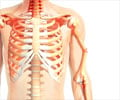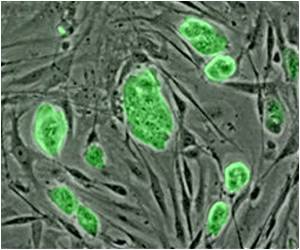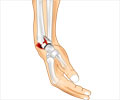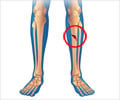Young macrophage cells produce factors that lead to bone formation, and when introduced in older mice, improves fracture healing.
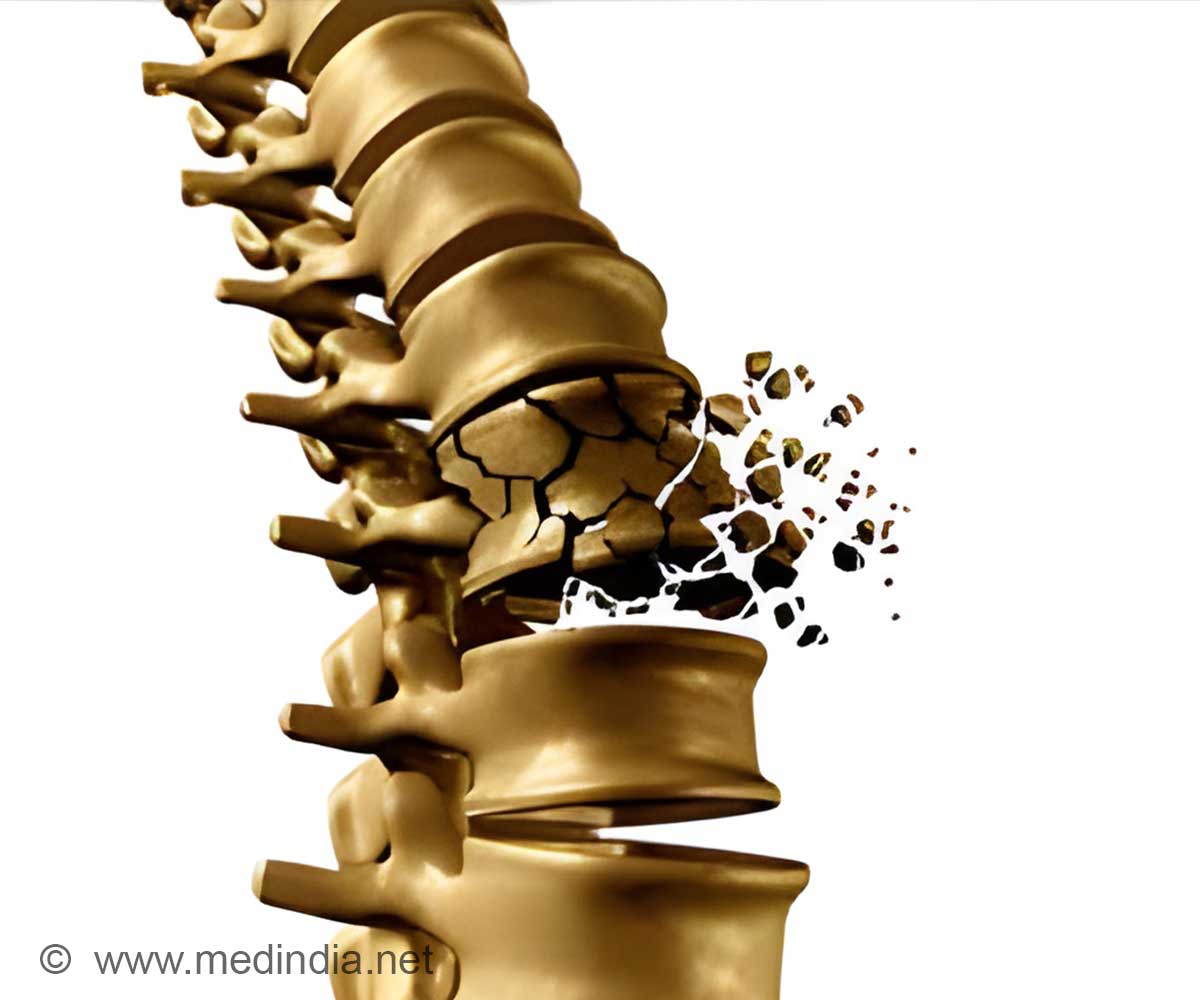
‘Delayed fracture healing is a major health issue in aging, and strategies to improve the pace of repair and prevent the need for additional surgeries to achieve healing substantially improve patient outcomes. ’





Finding ways to speed bone repair is a public health priority that could save both lives and health care expense. The Centers for Disease Control and Prevention reports that more than 800,000 patients a year are hospitalized because of fall injuries, including broken hips, and these hospitalizations cost an average of $30,000. Duke Health researchers previously showed that introducing bone marrow stem cells to a bone injury can expedite healing, but the exact process was unclear.
After tissue injury, the body dispatches macrophages to areas of trauma, where they undergo functional changes to coordinate tissue repair.
During fracture healing, macrophages are found at the fracture site. But when they're depleted, fractures will not heal effectively. Macrophage populations and characteristics can change with aging.
"We show that young macrophage cells produce factors that lead to bone formation, and when introduced in older mice, improves fracture healing," said Gurpreet Baht, Ph.D., assistant professor in orthopedic surgery and a lead author of the study.
Advertisement
Source-Eurekalert

